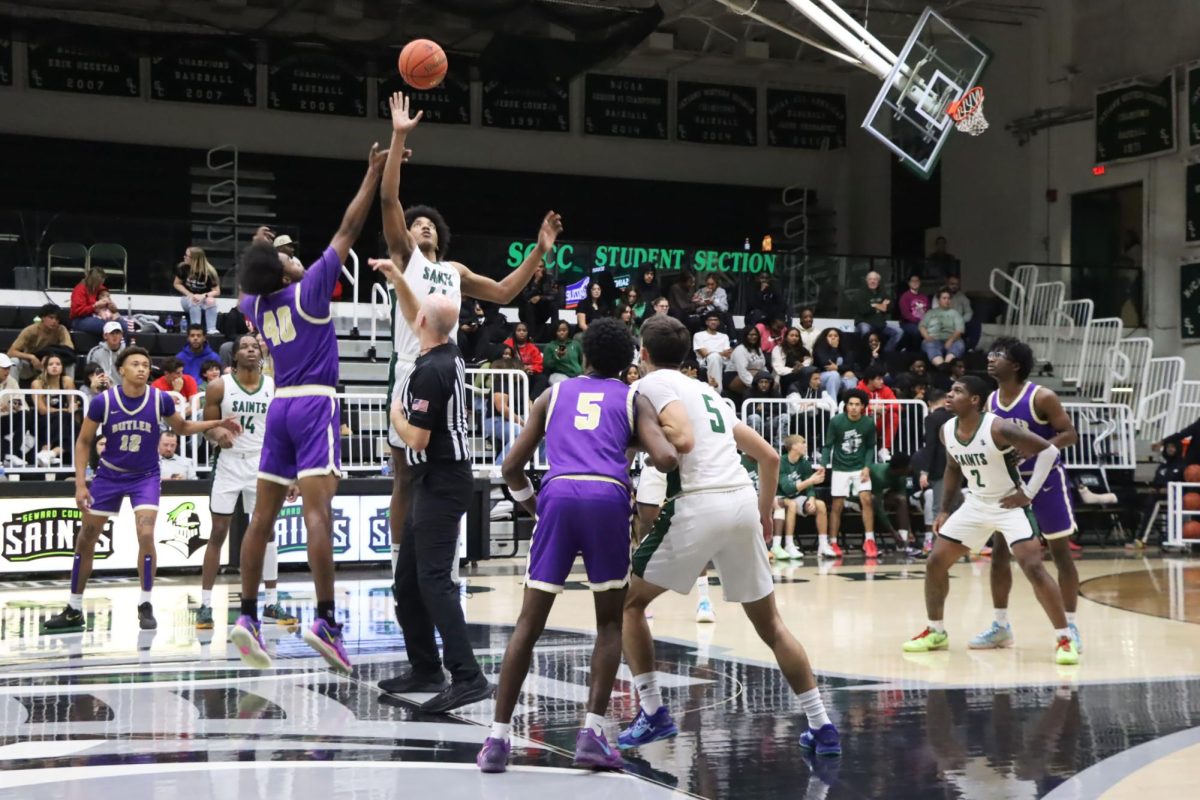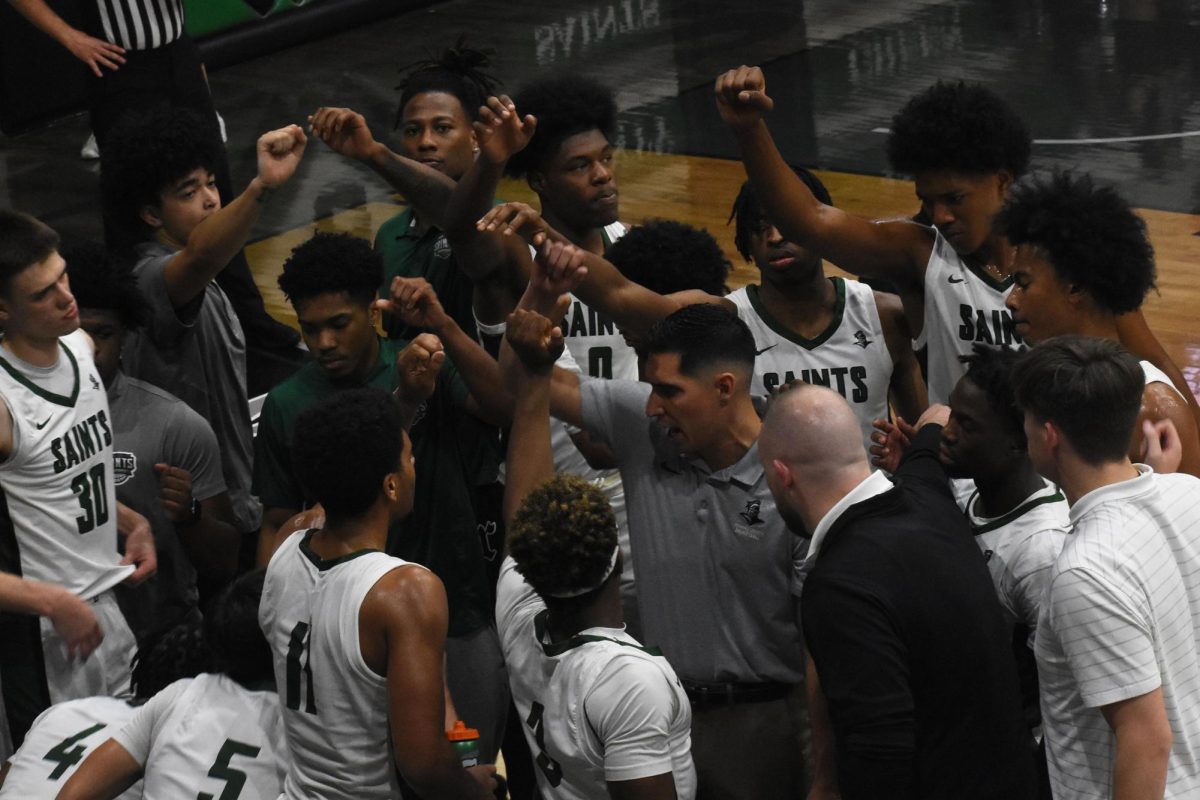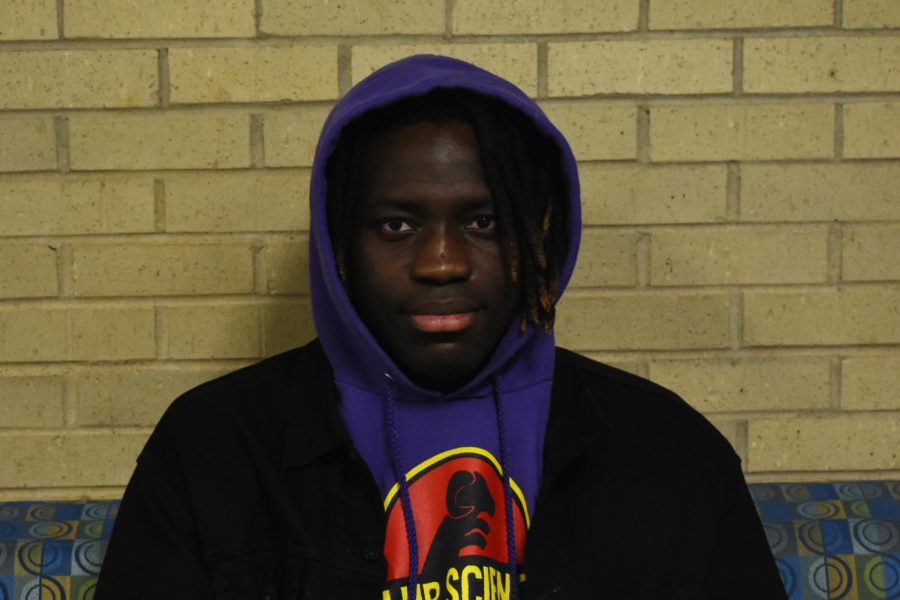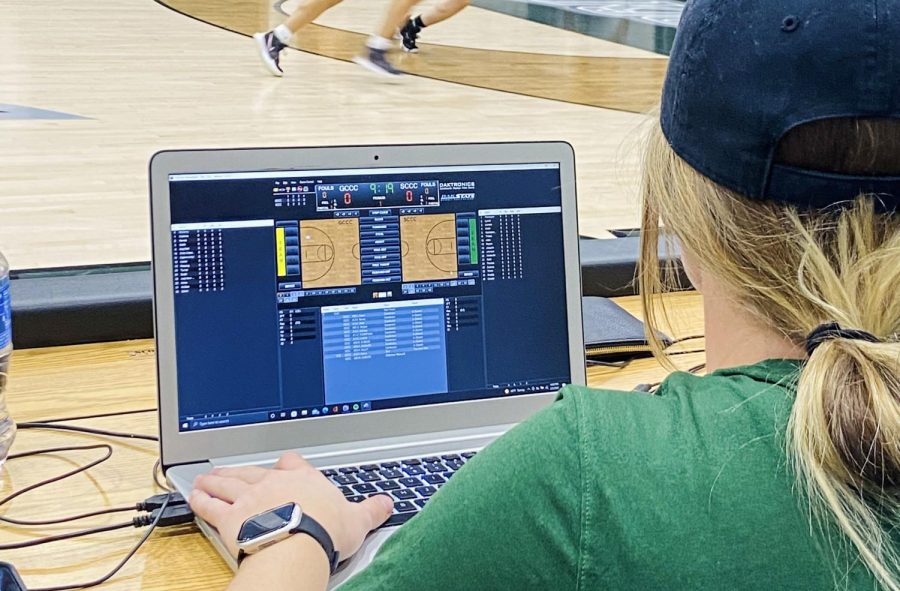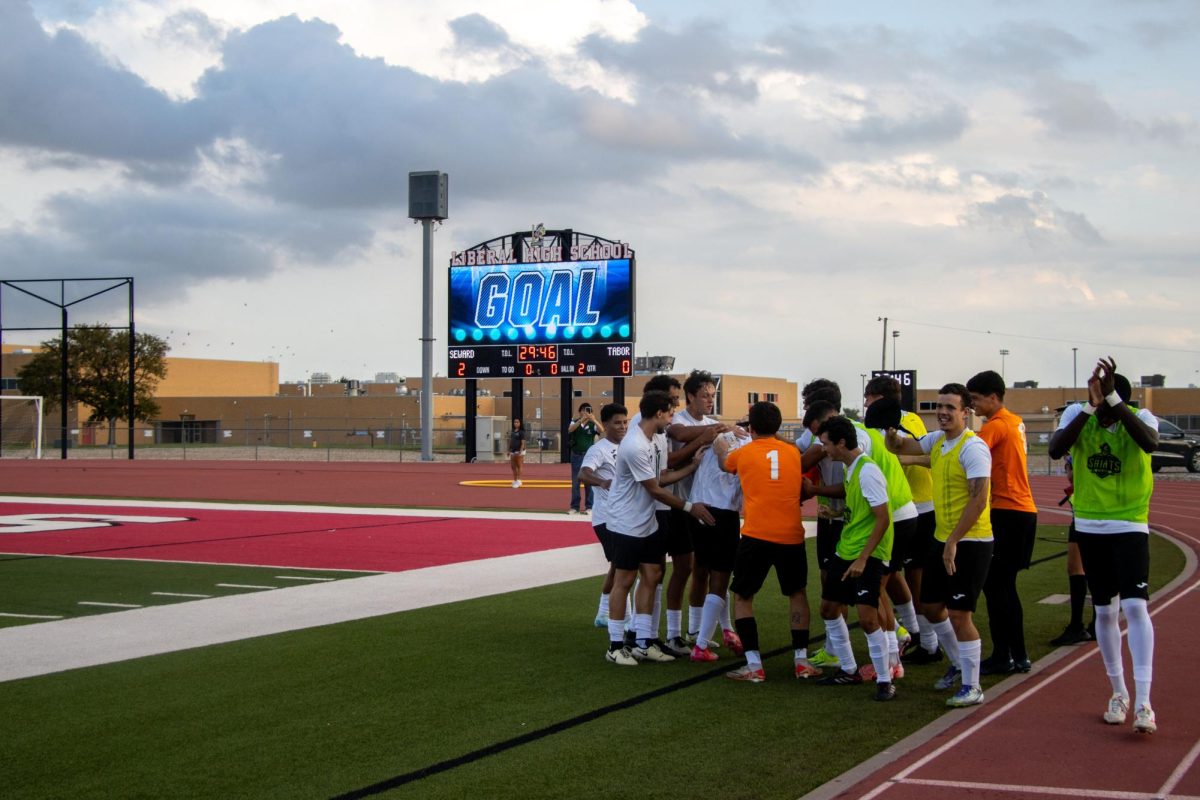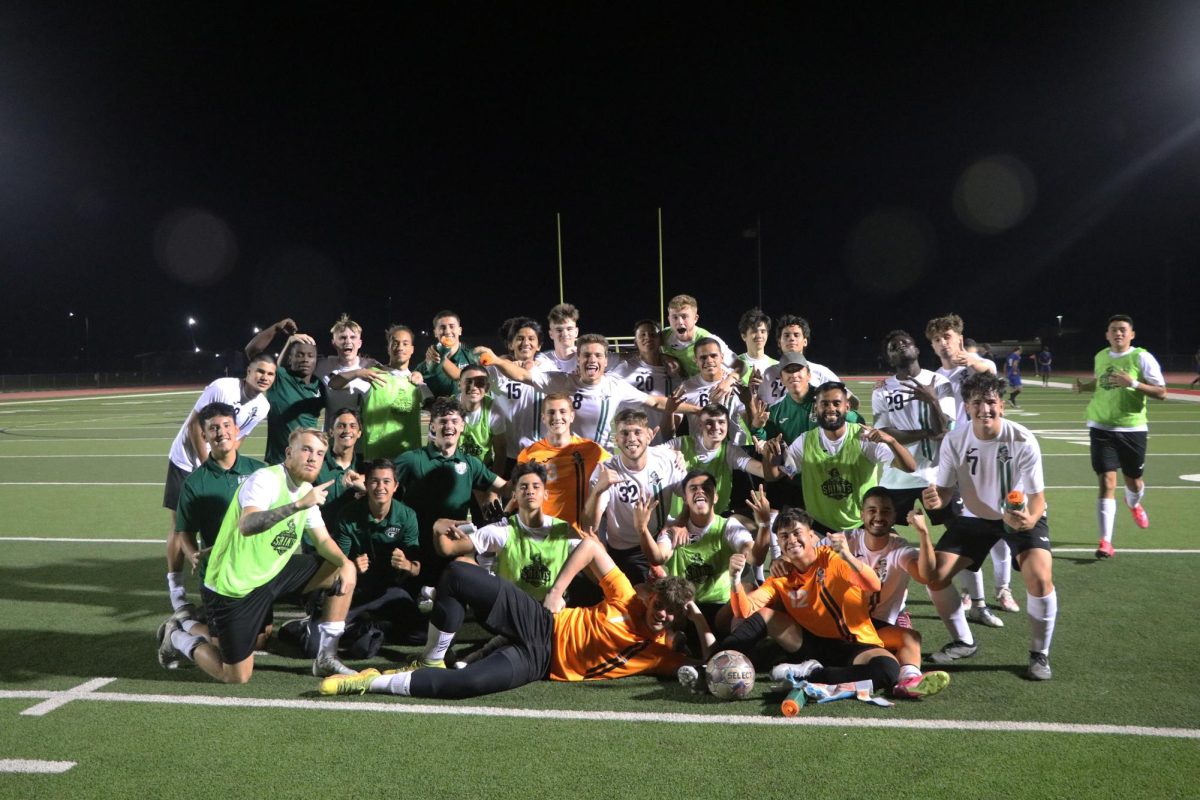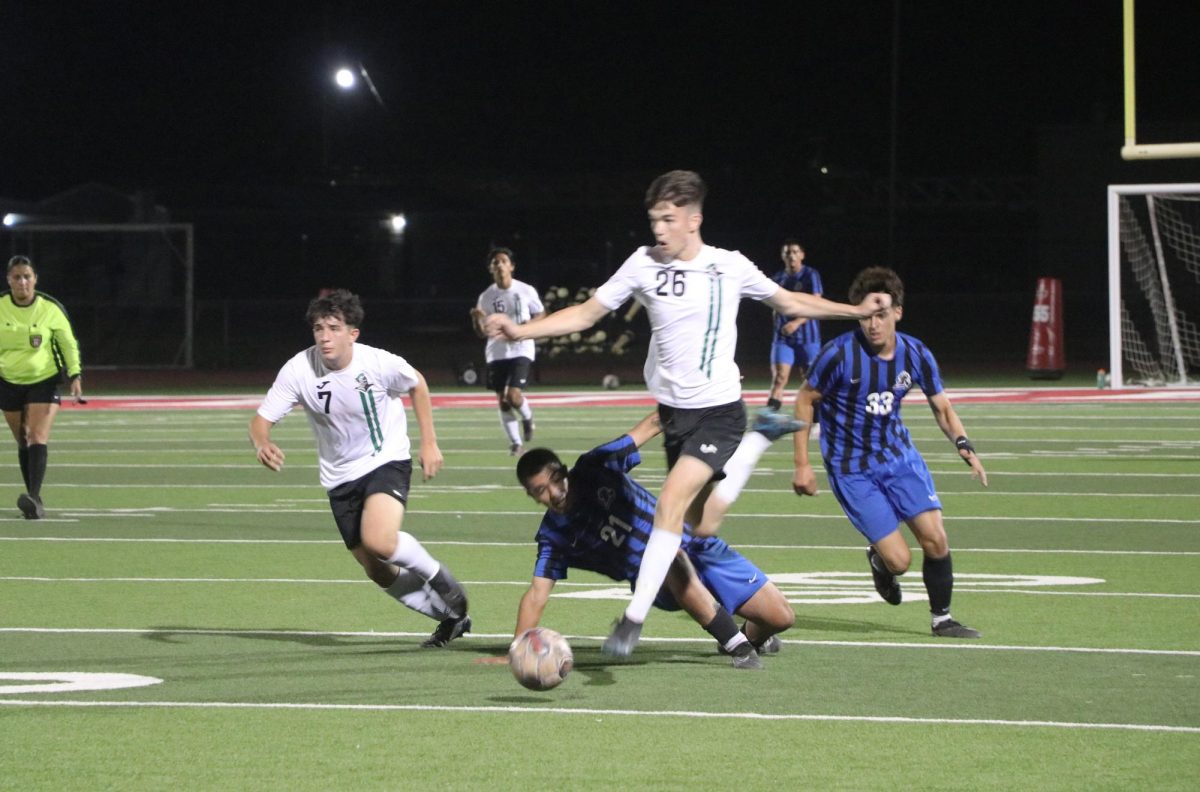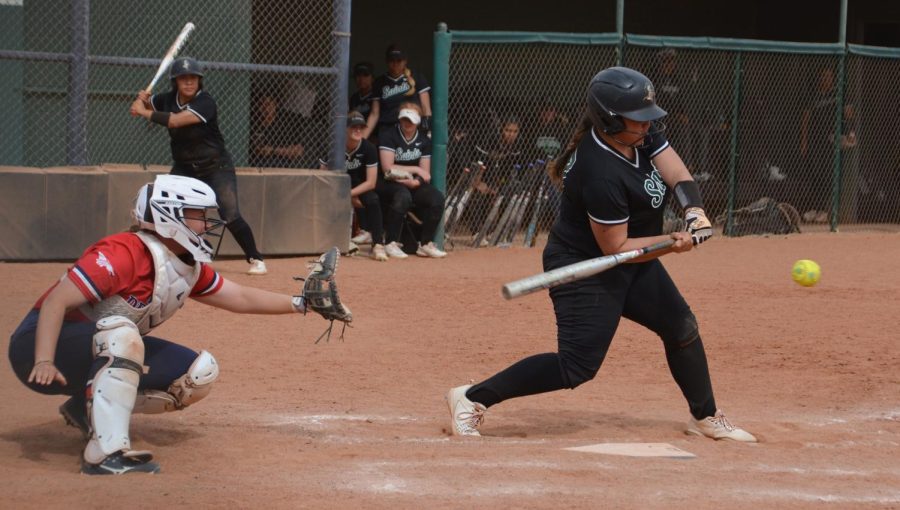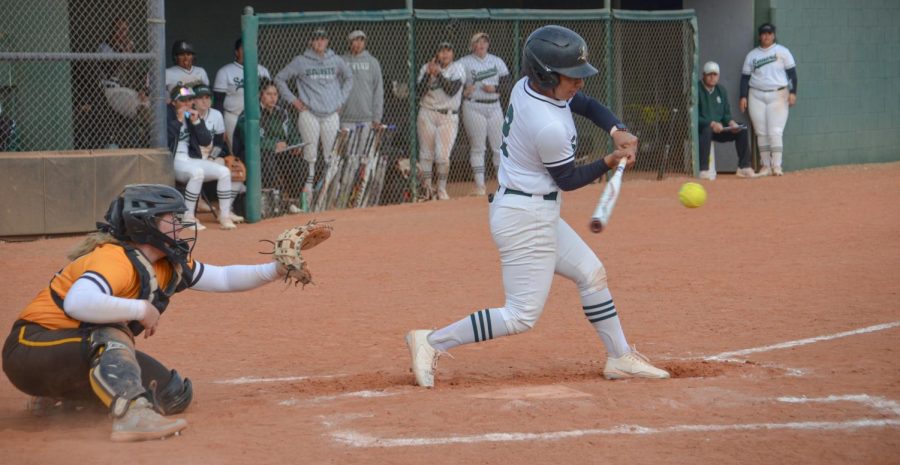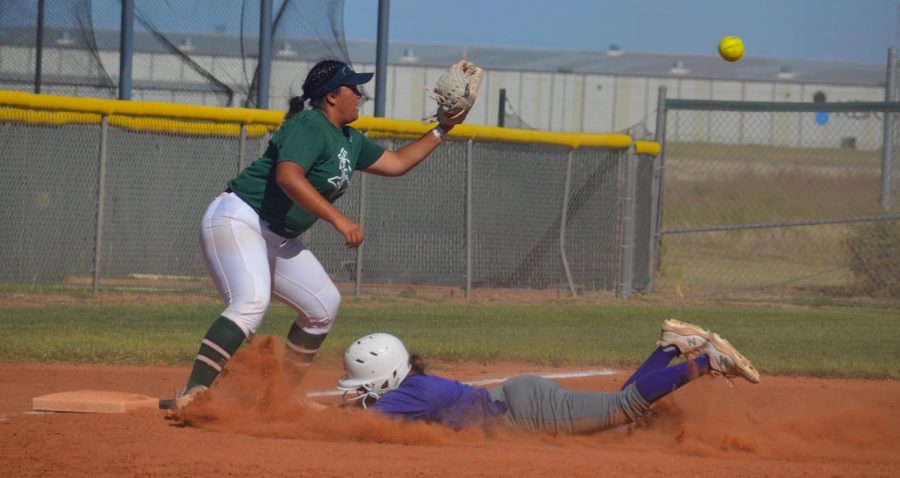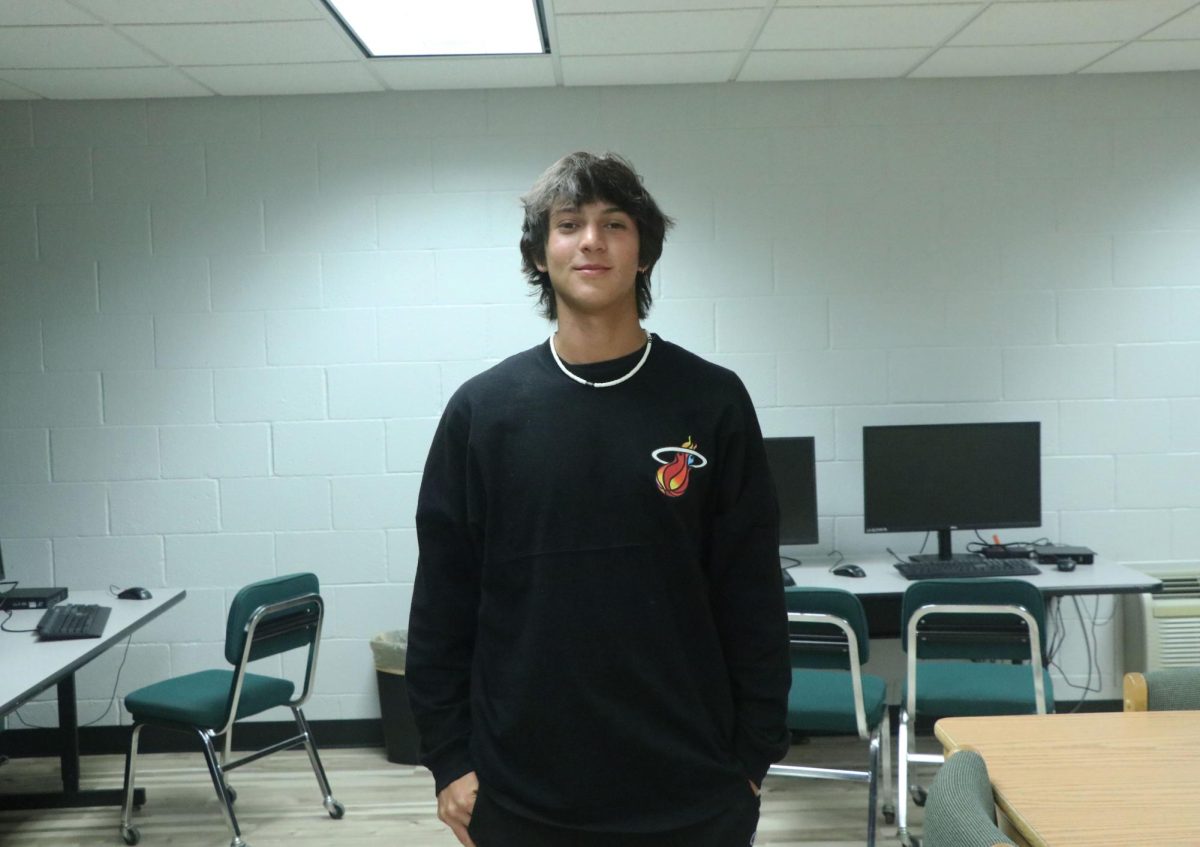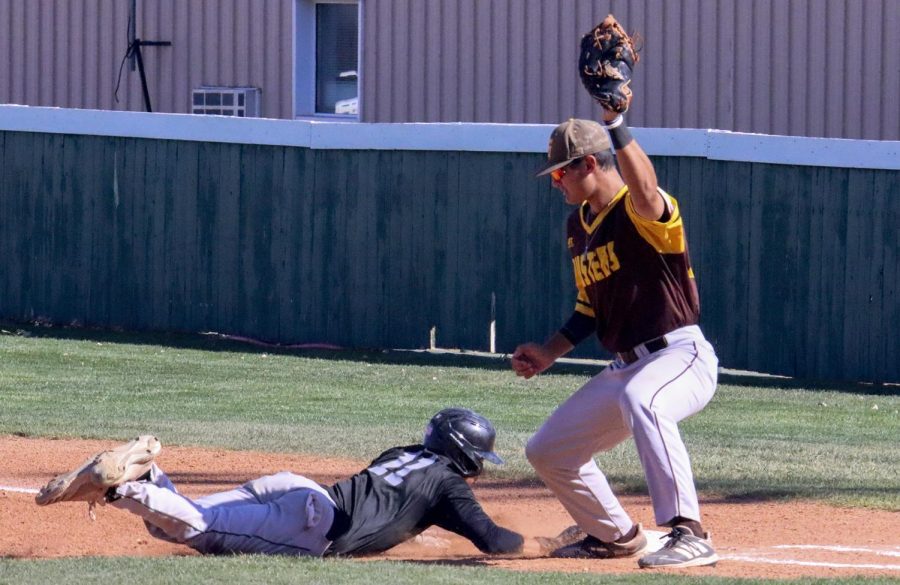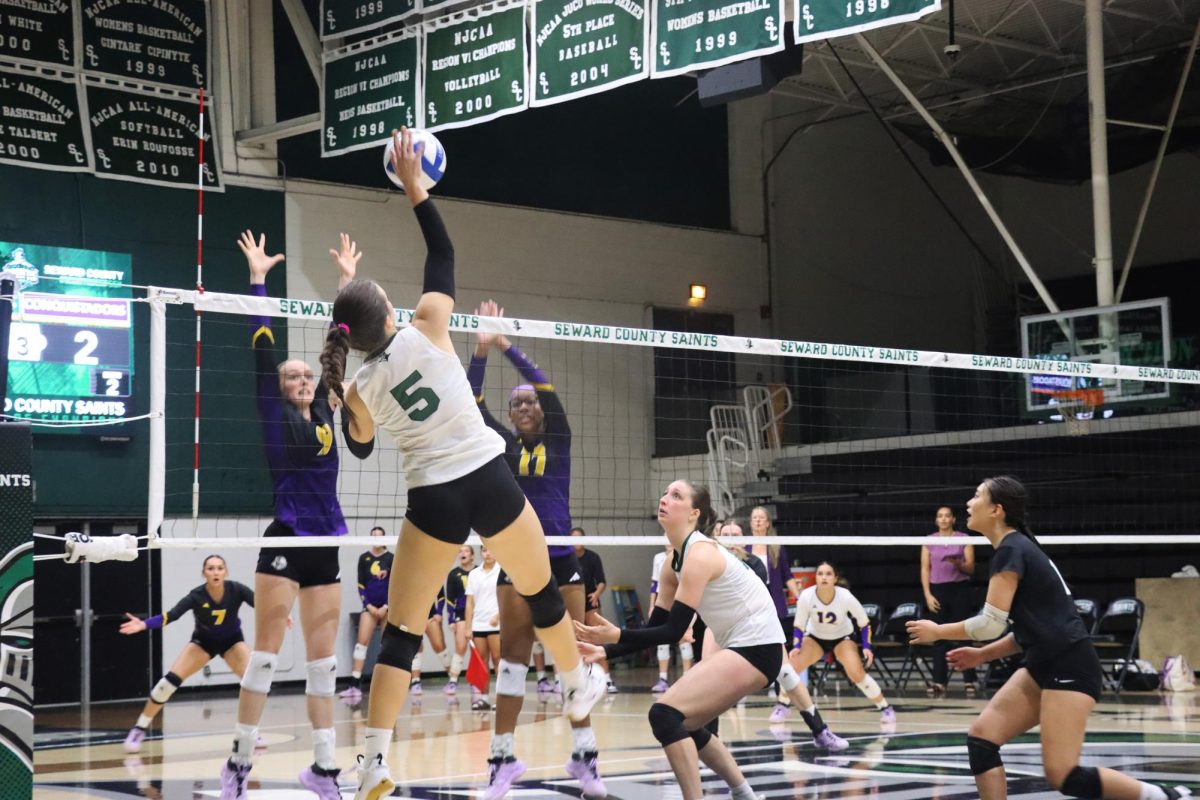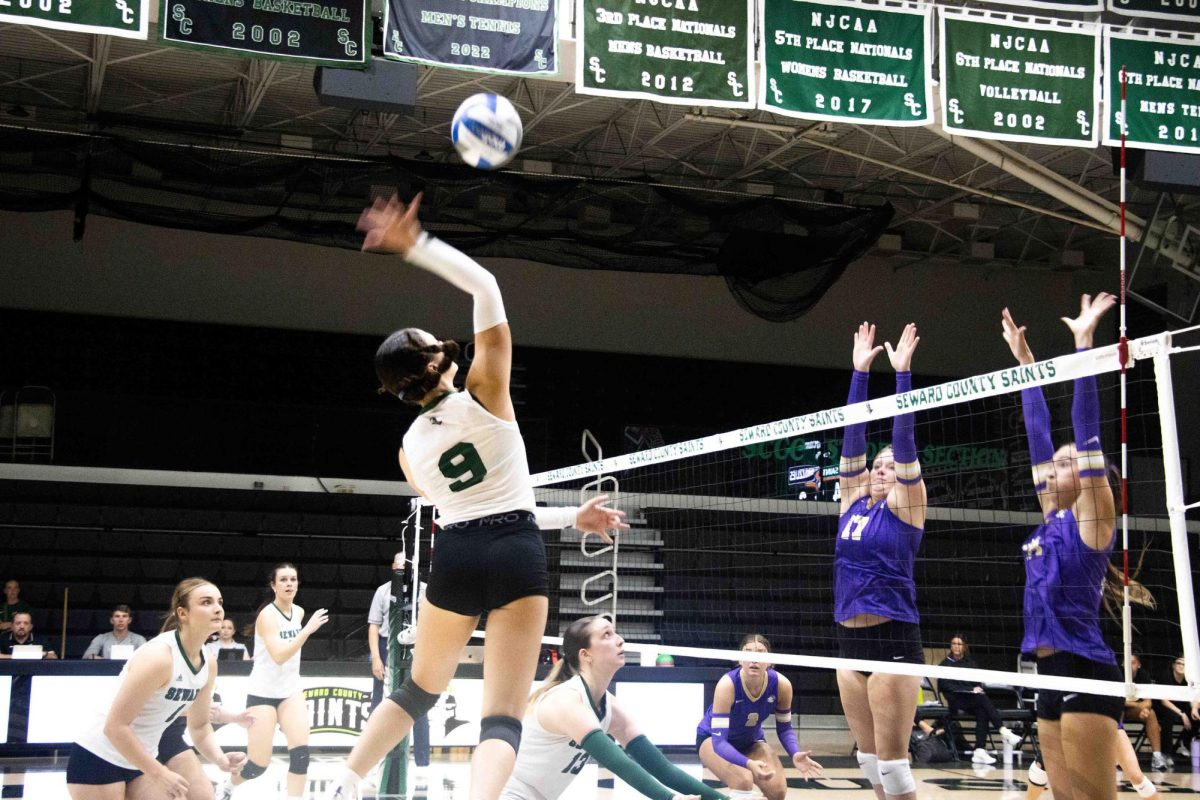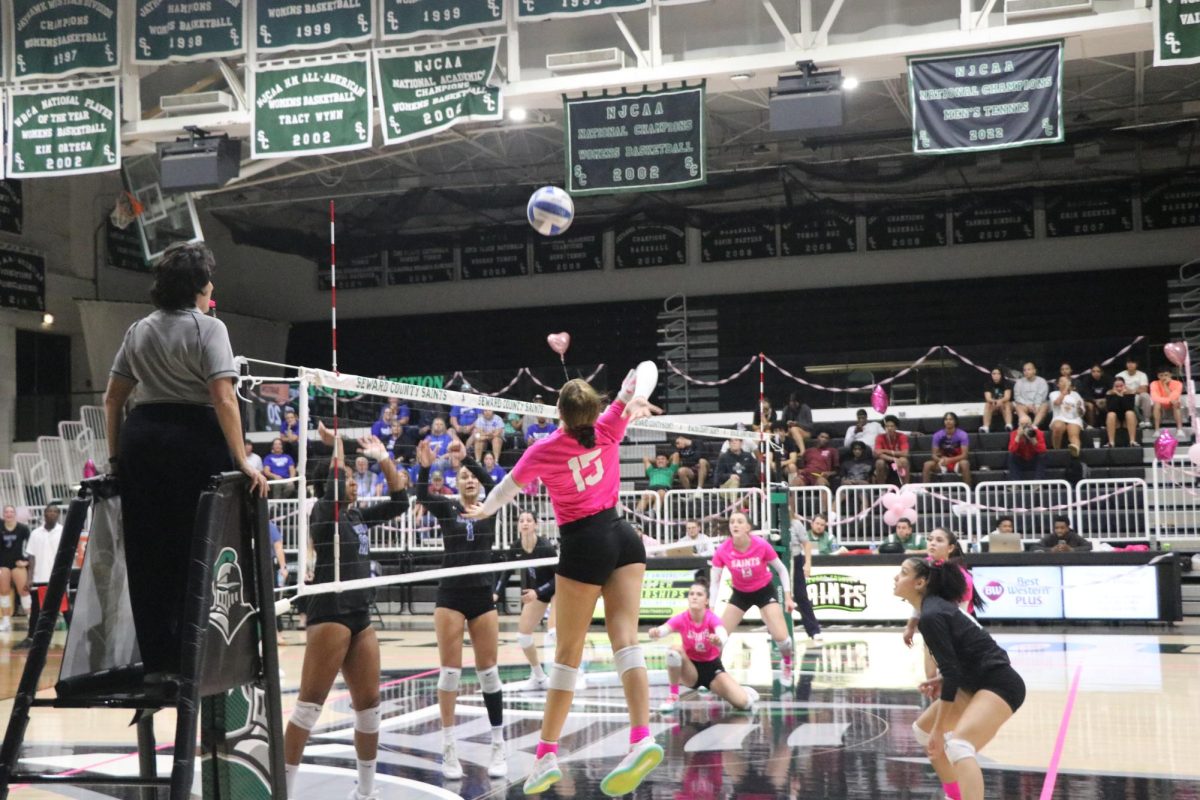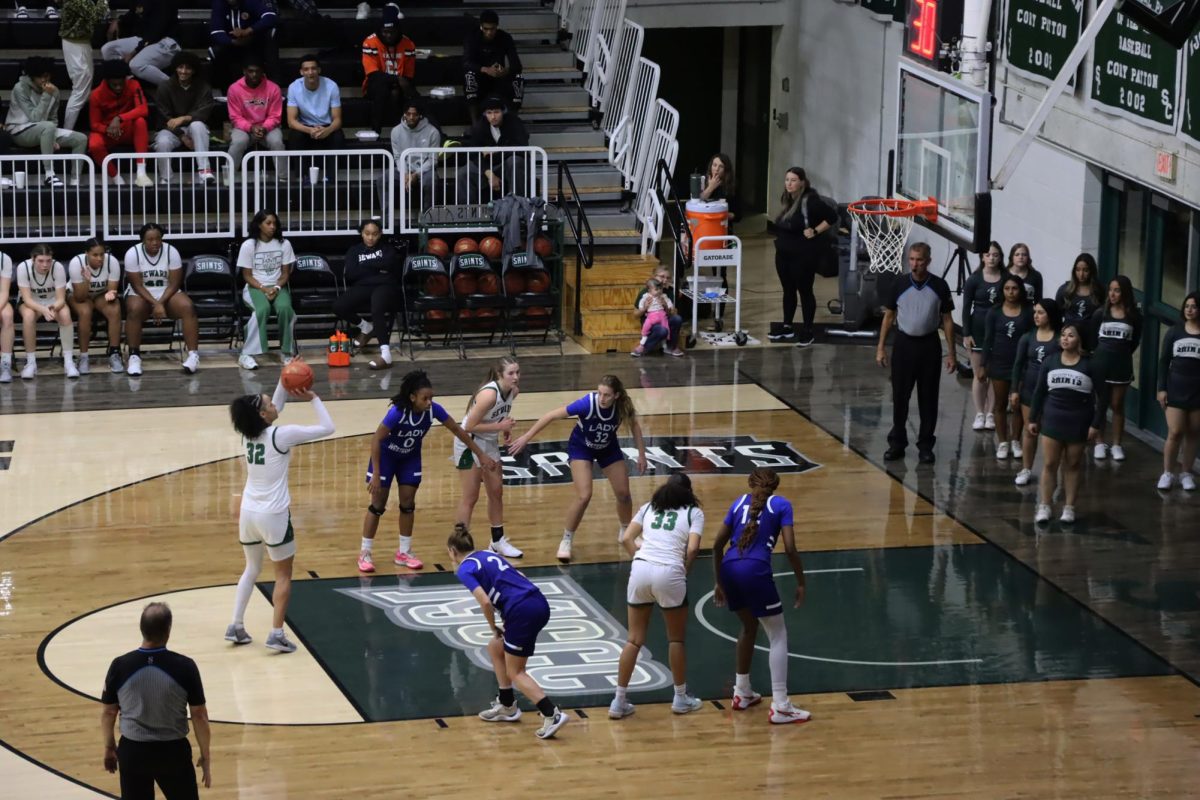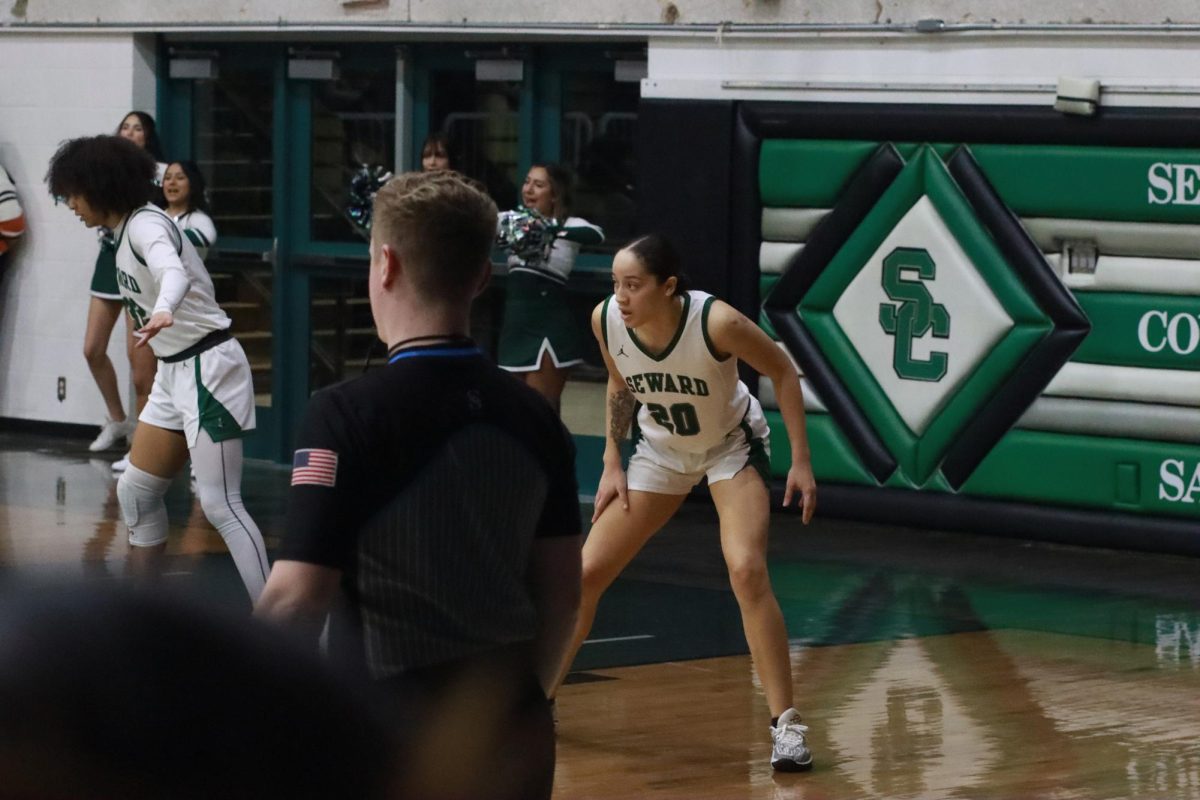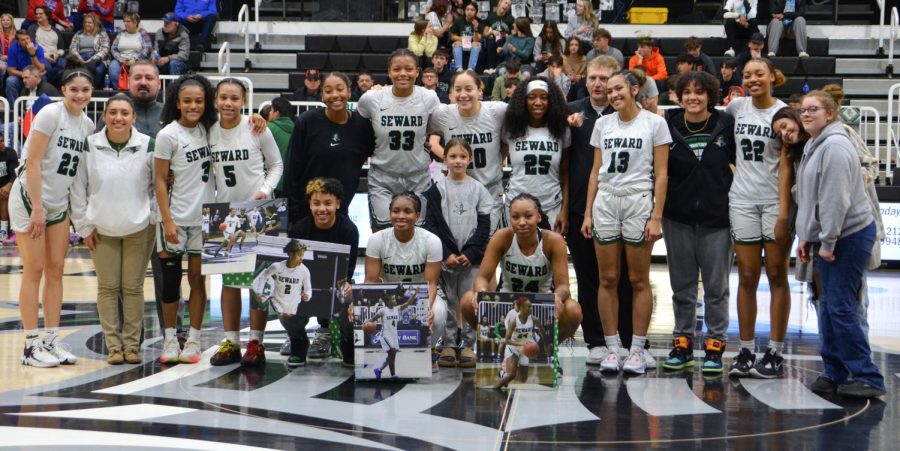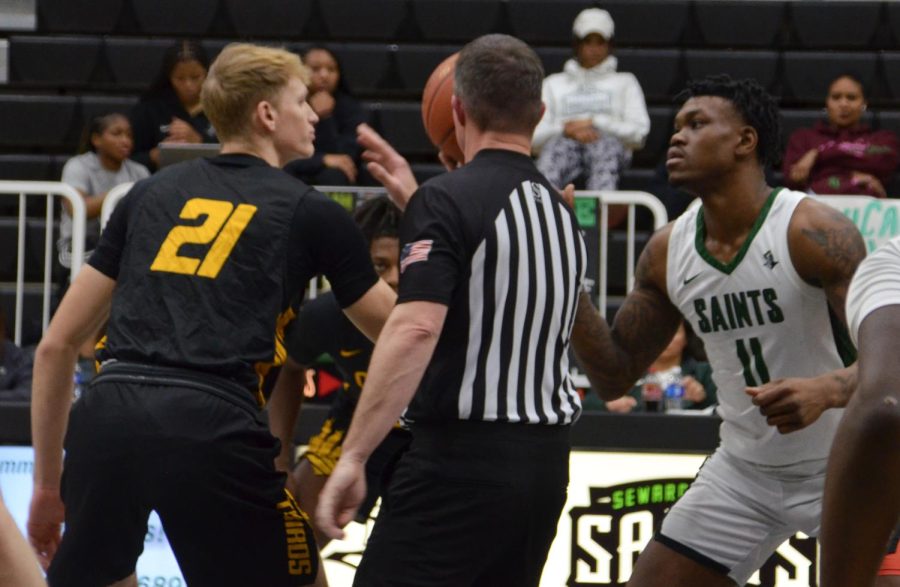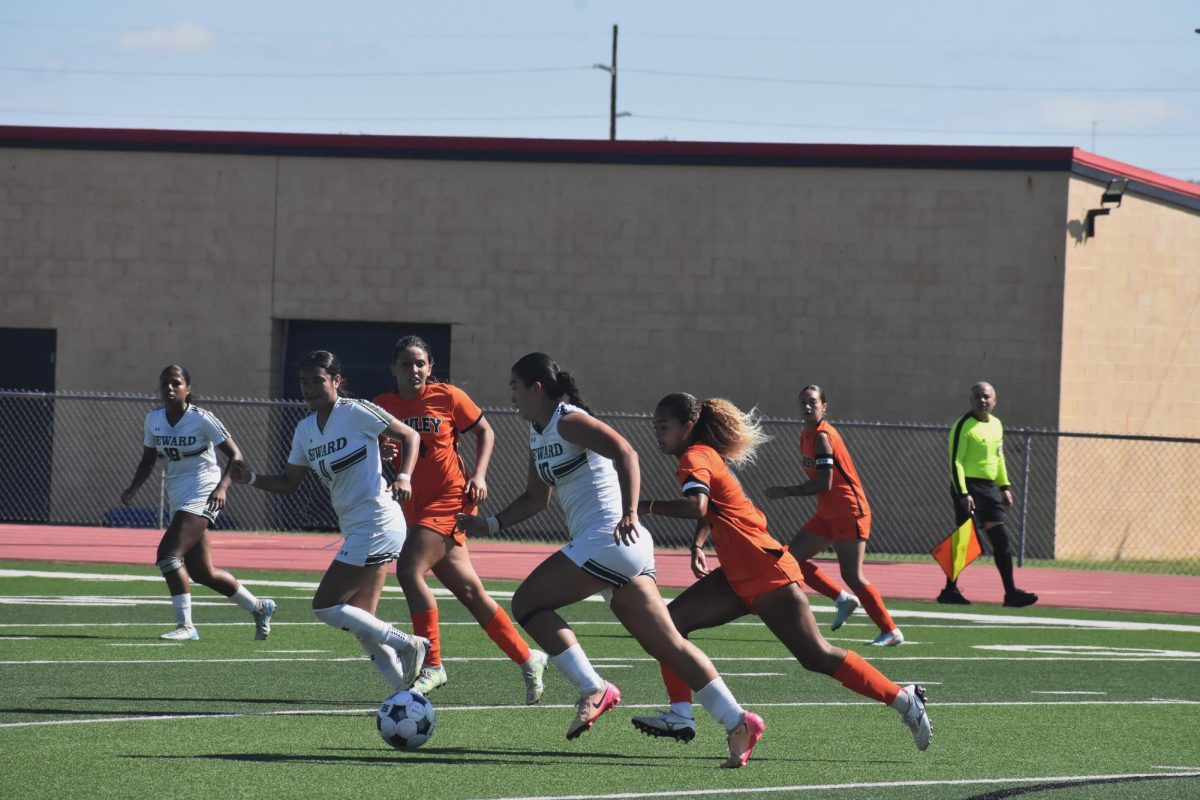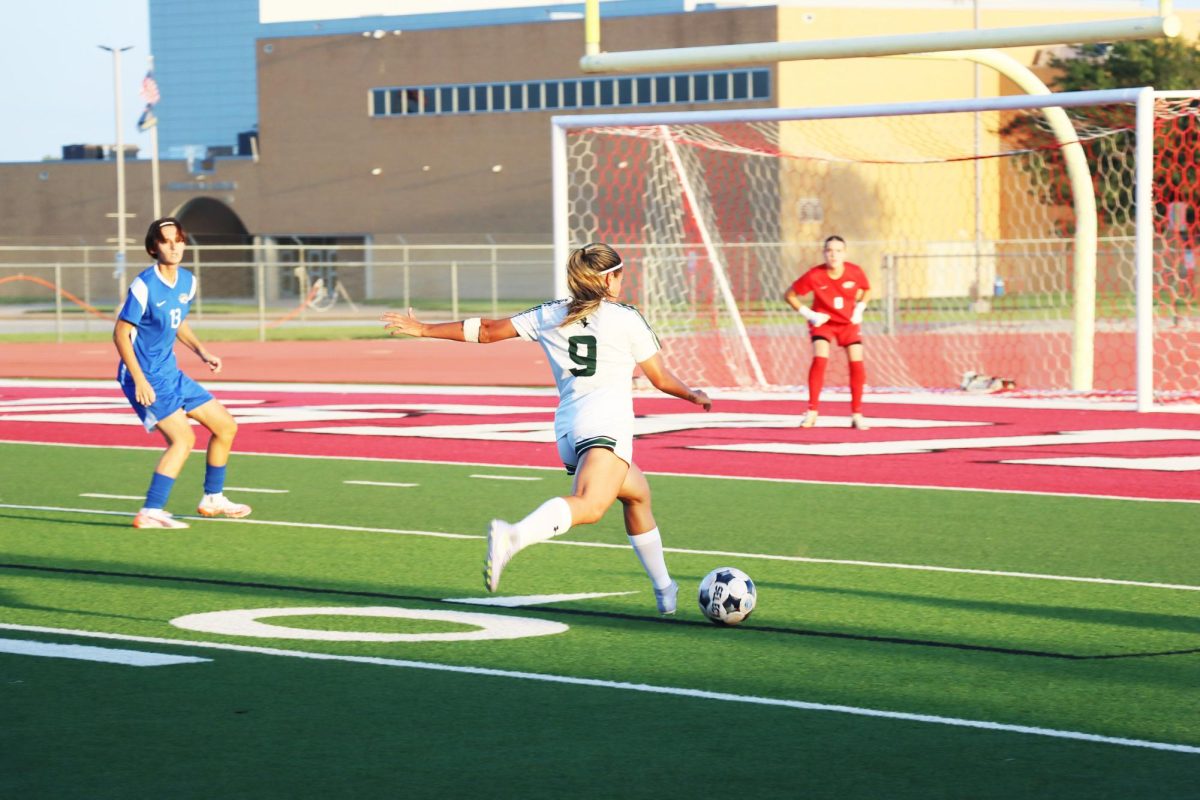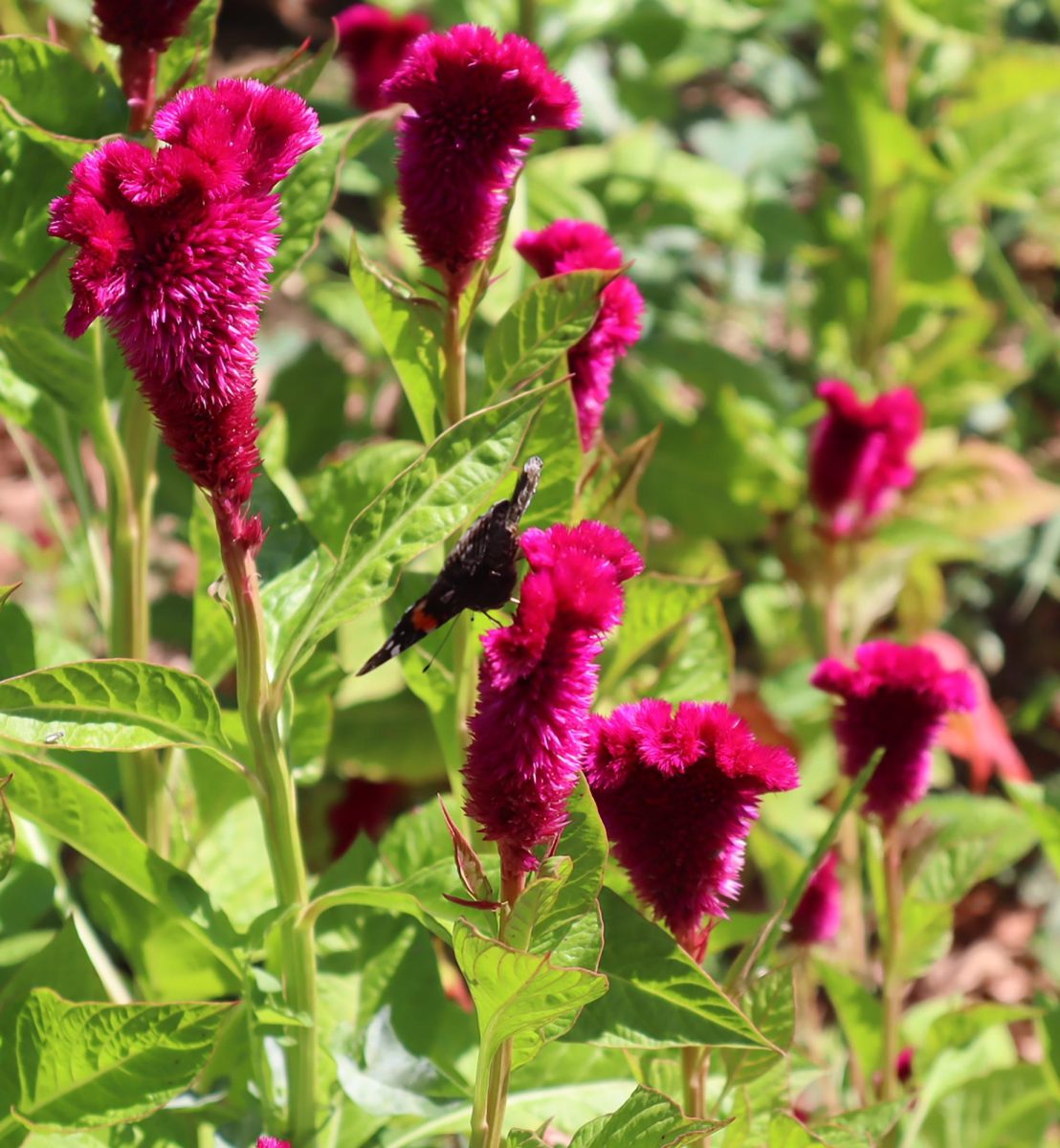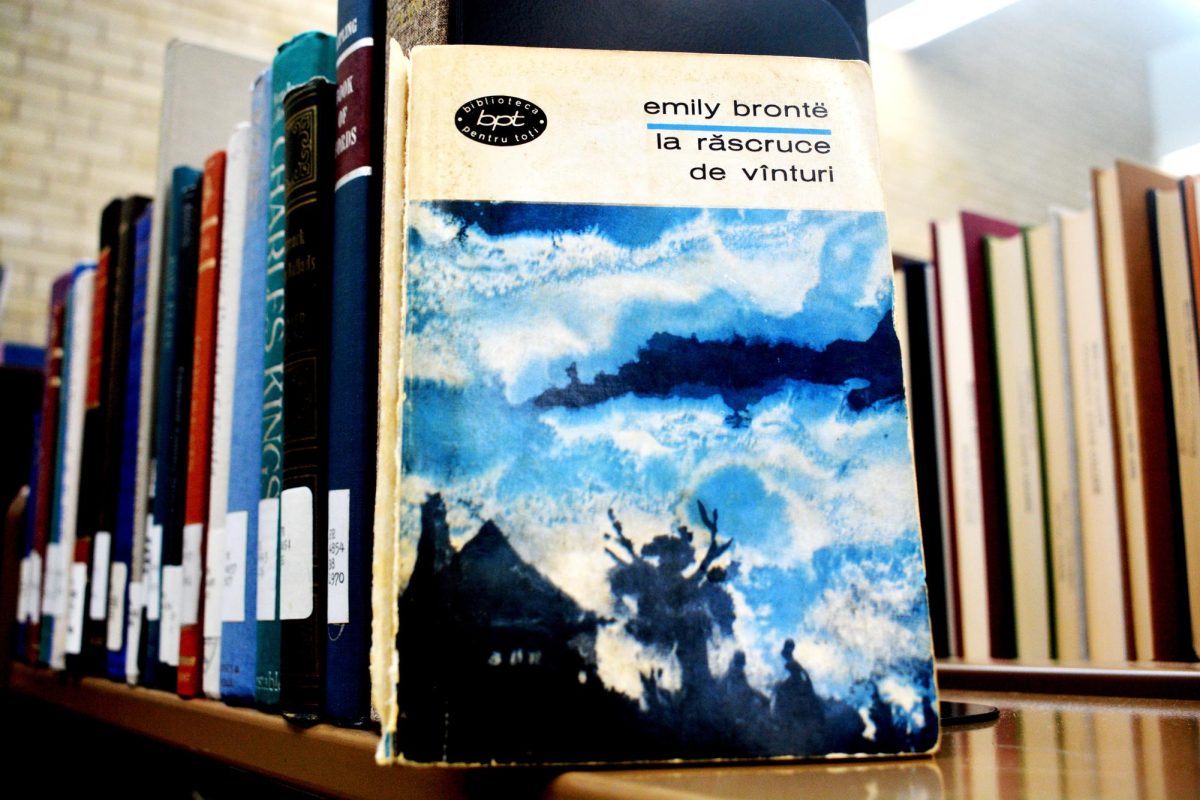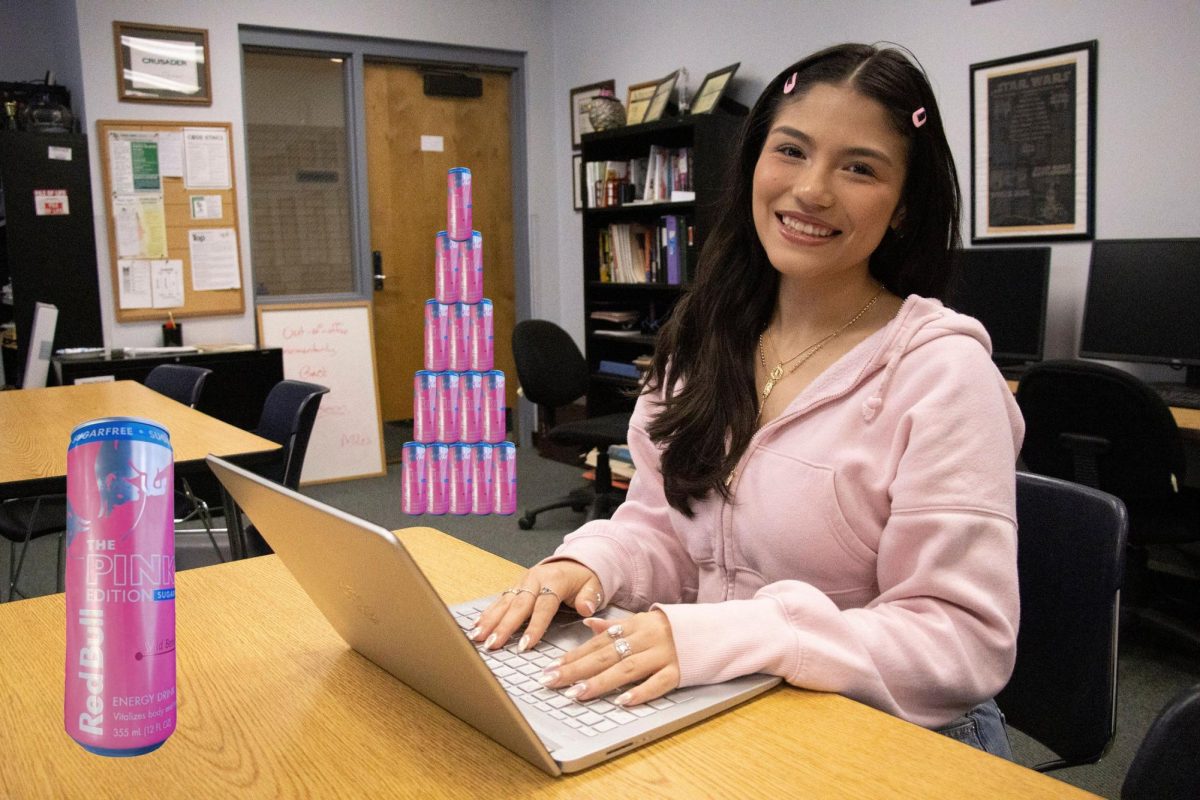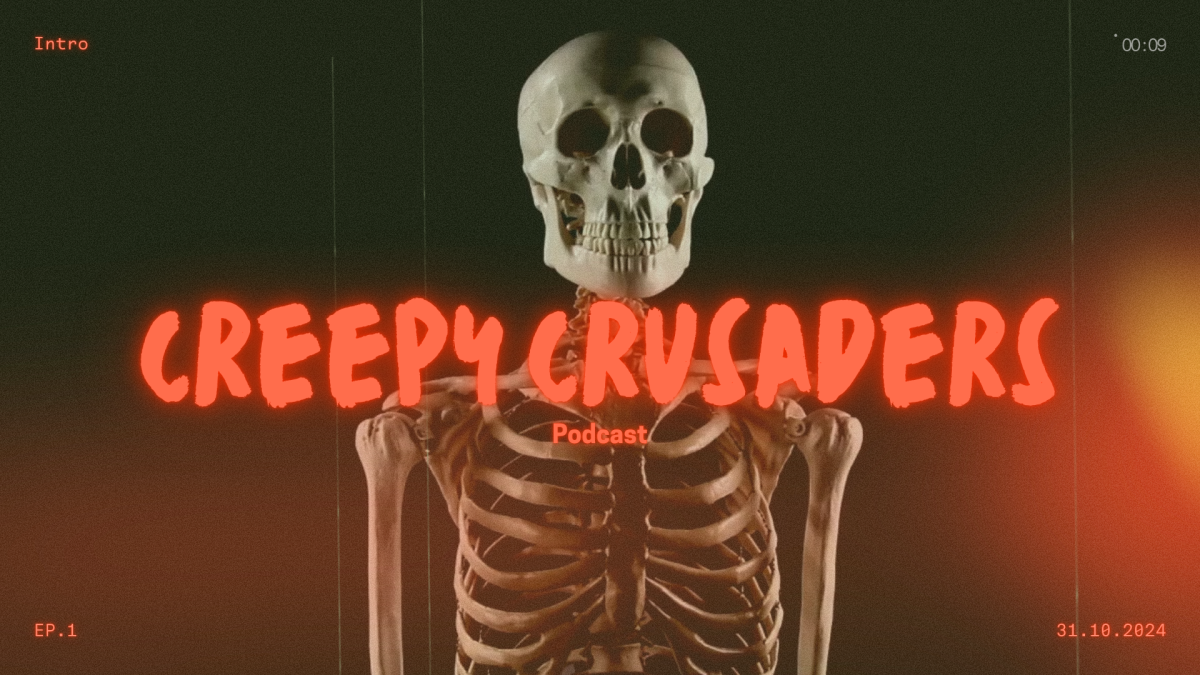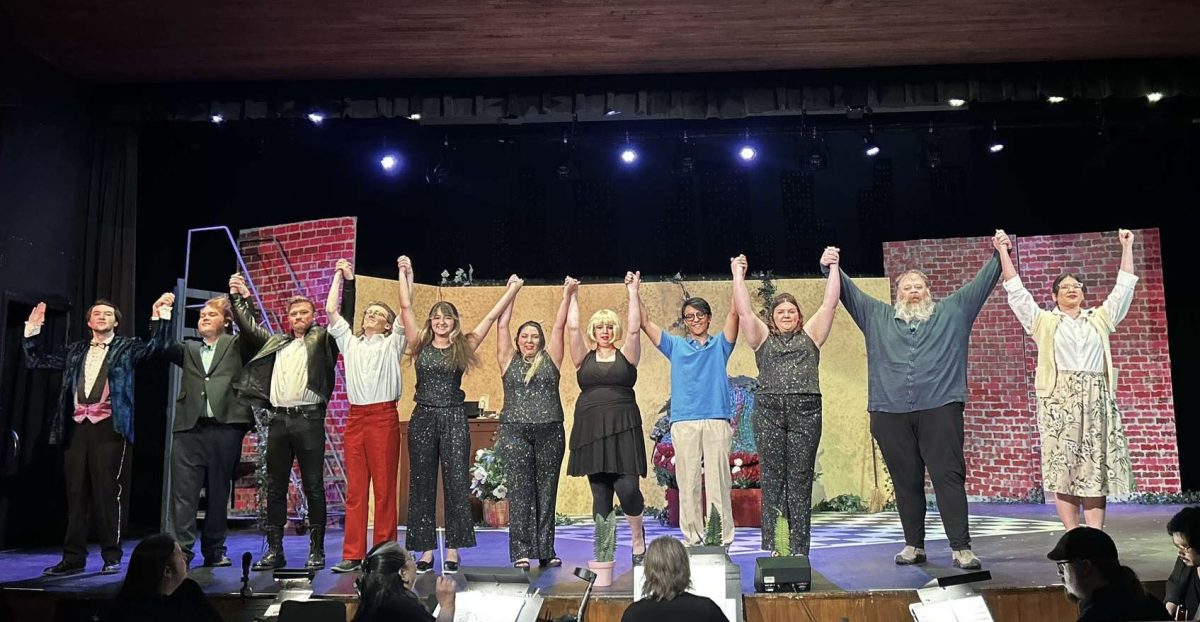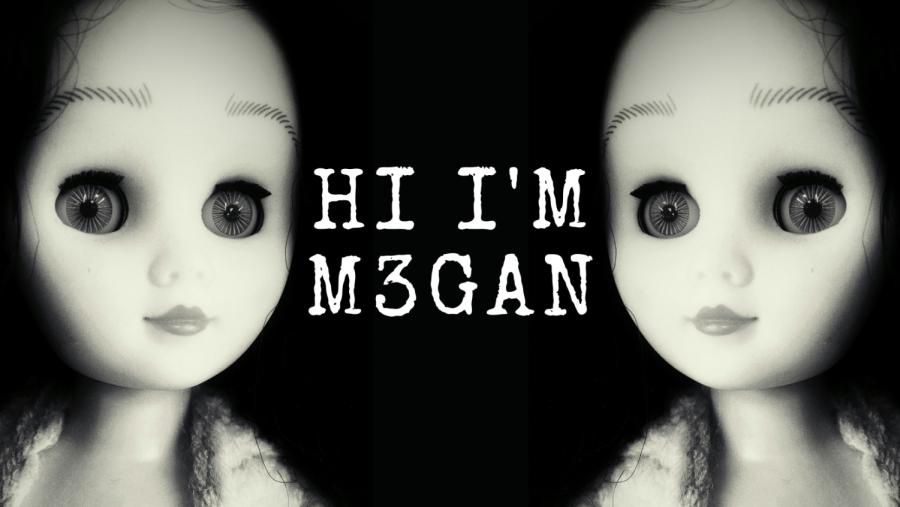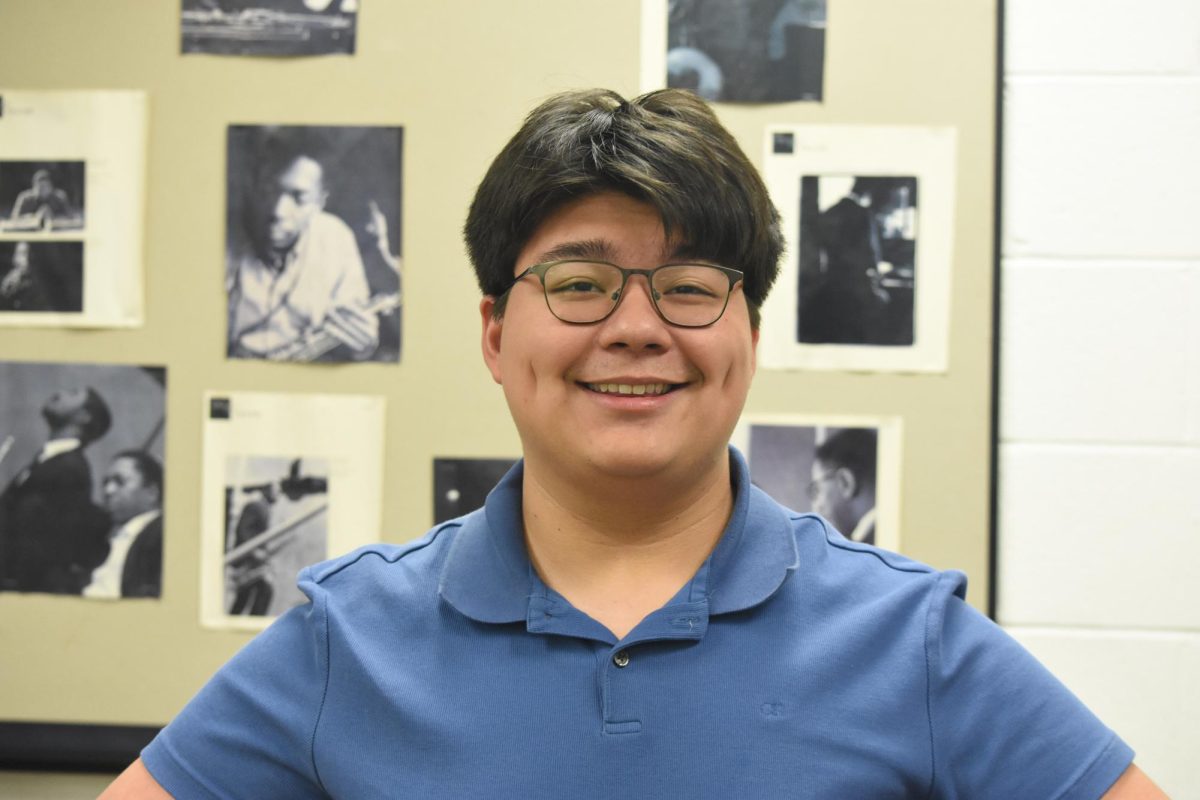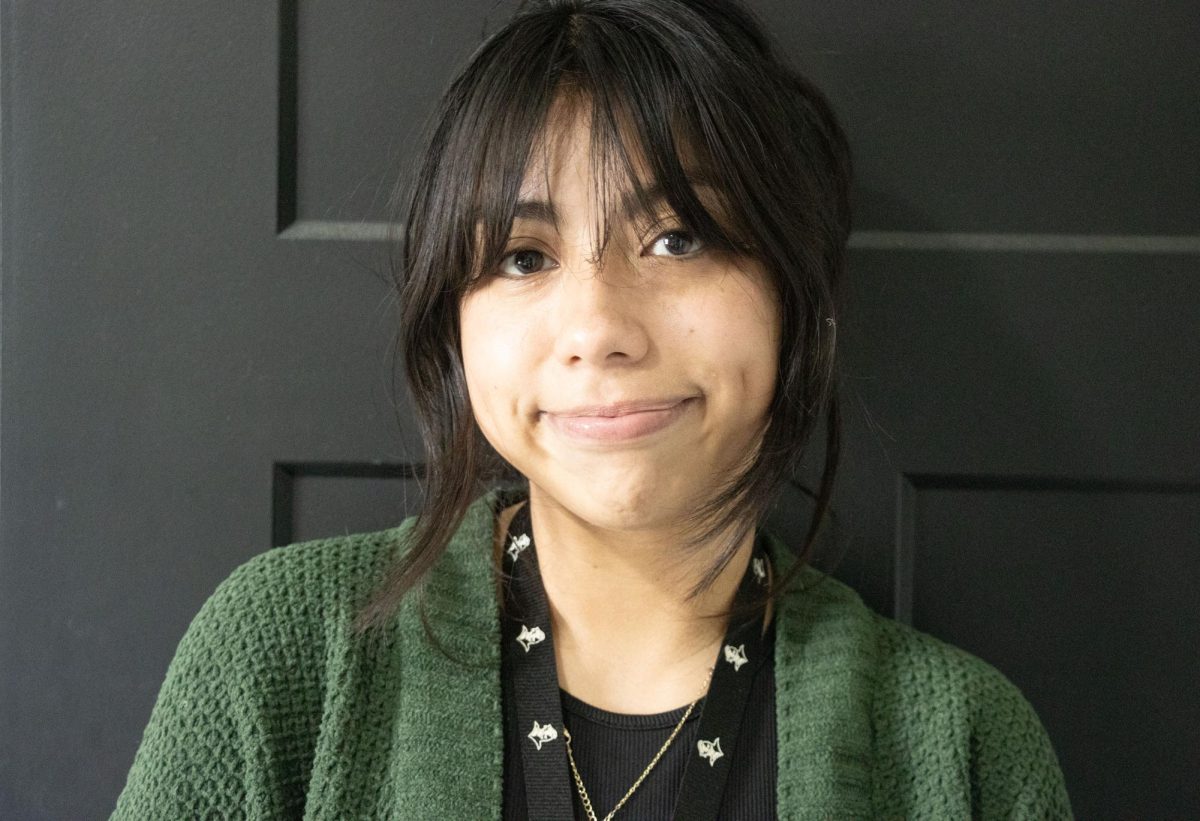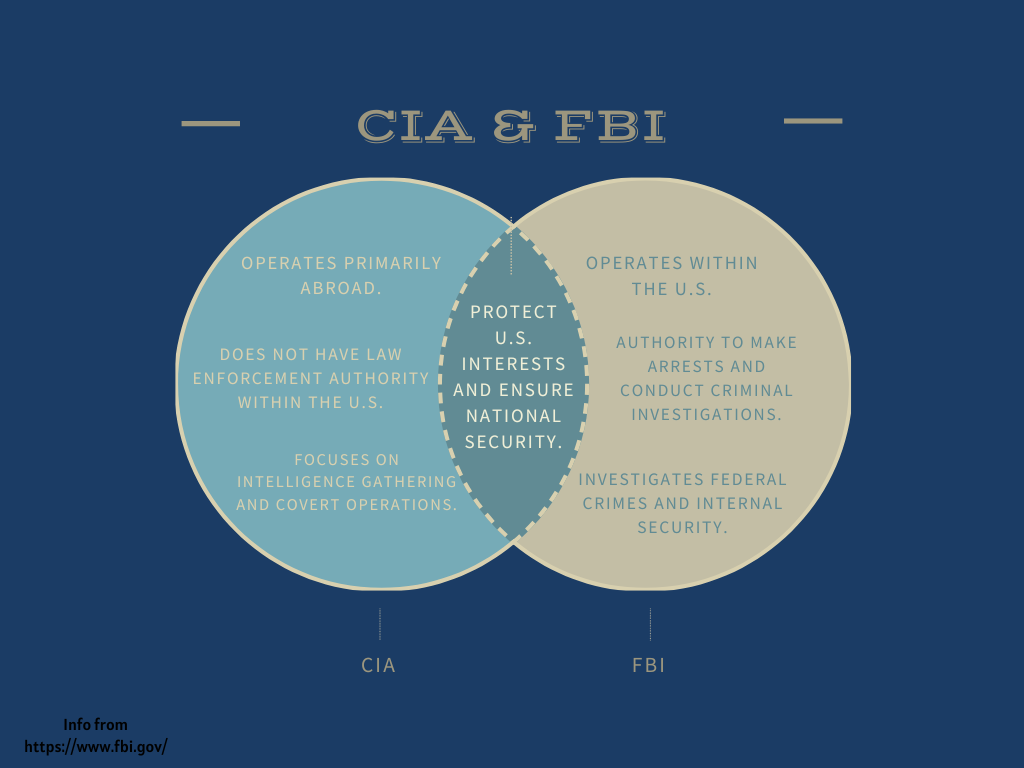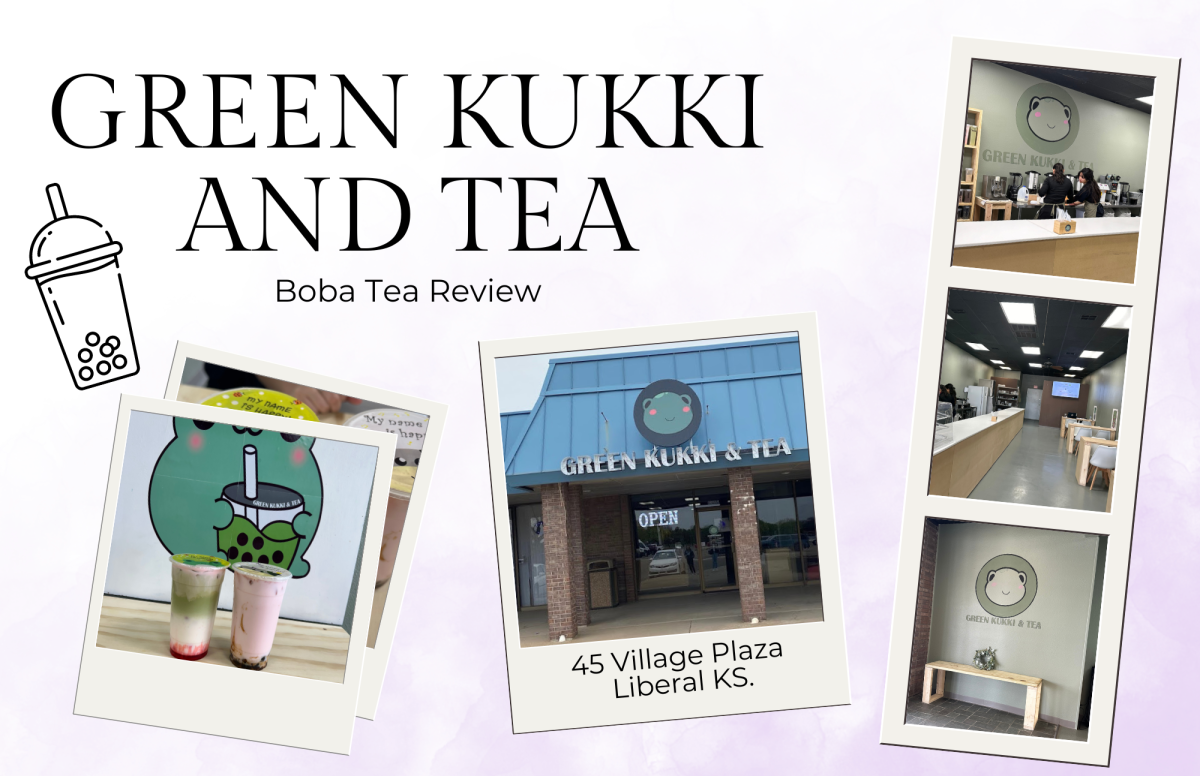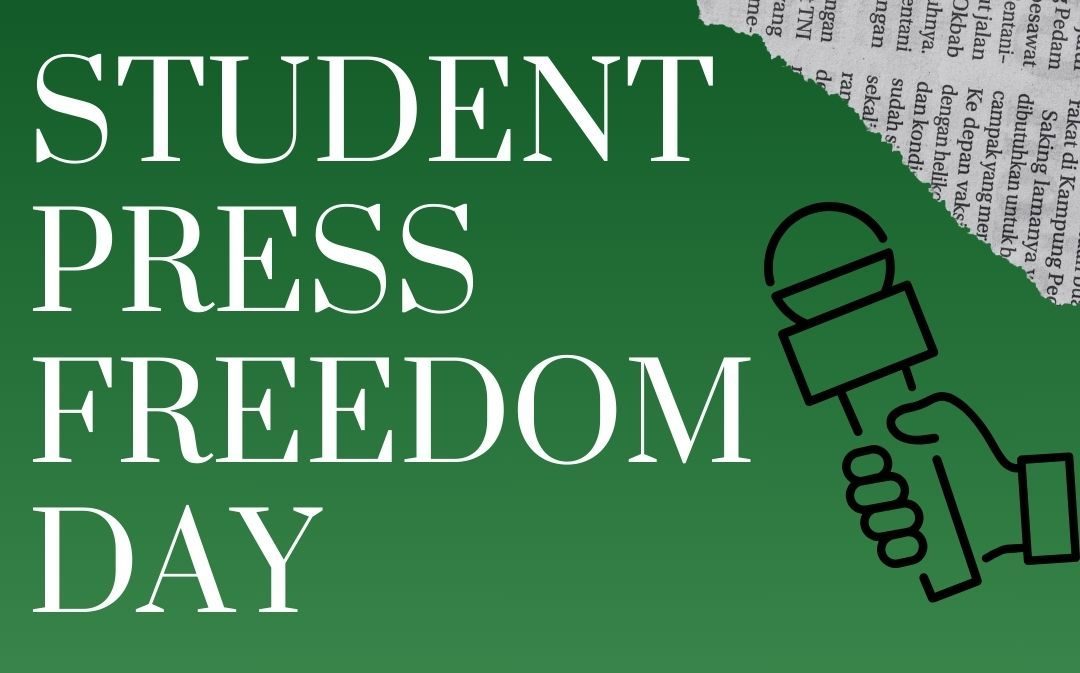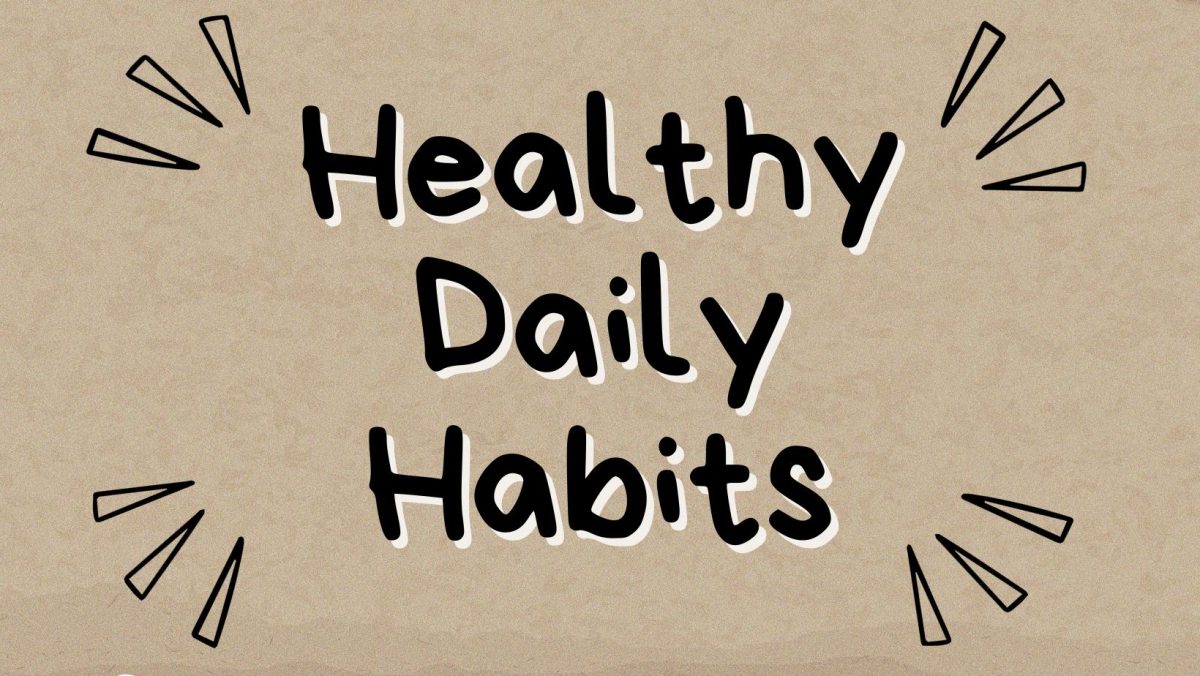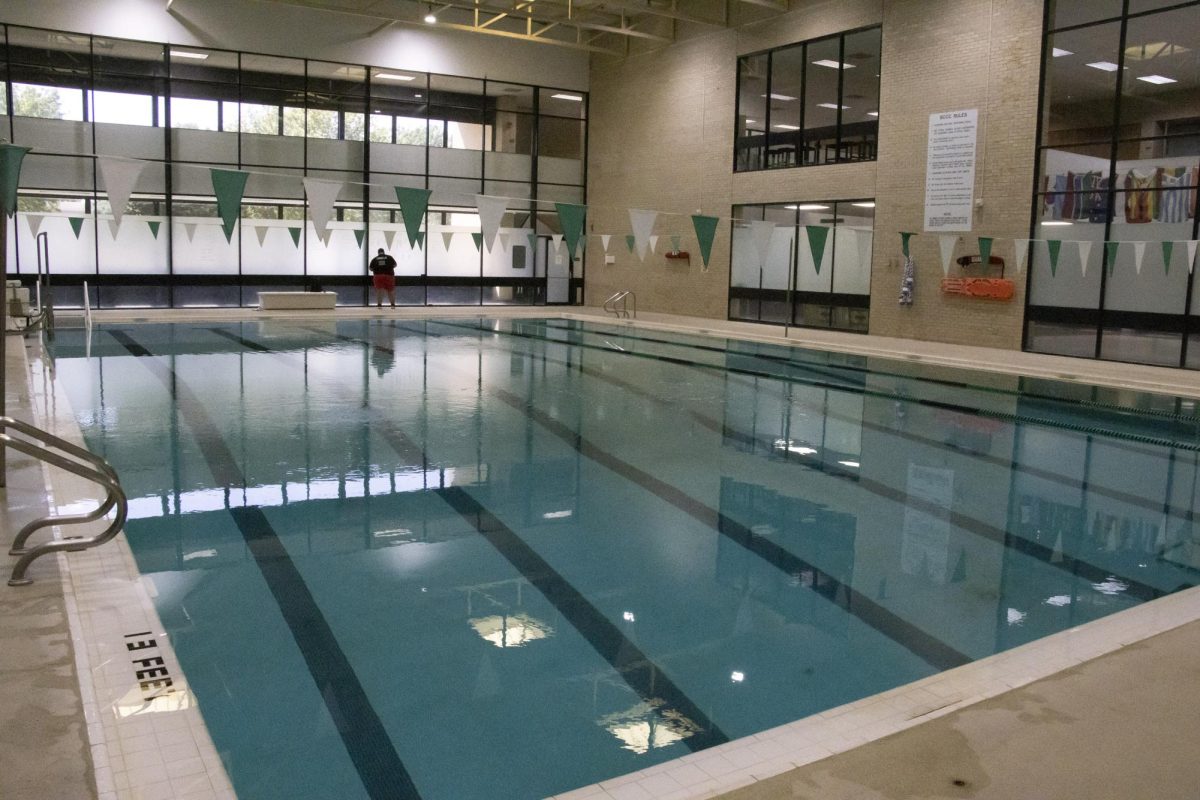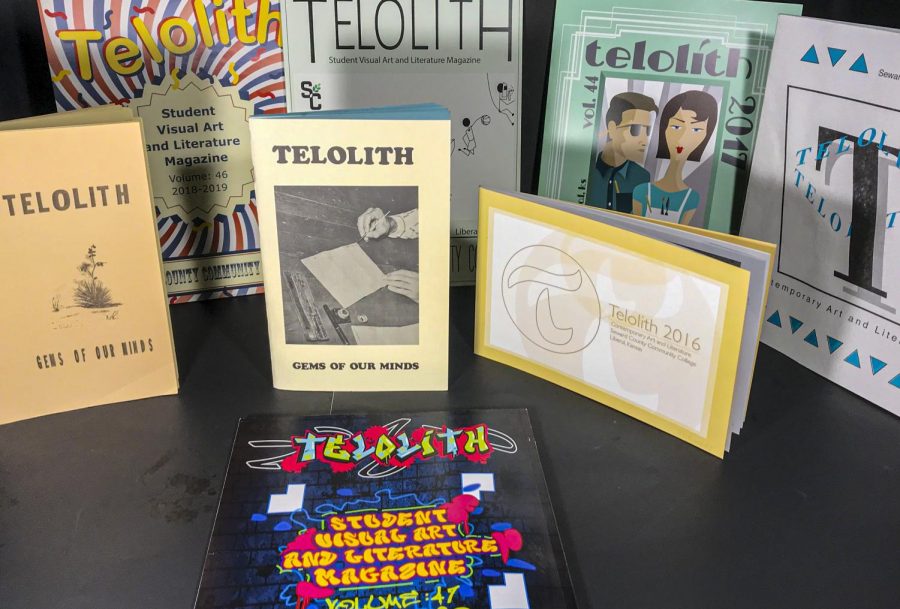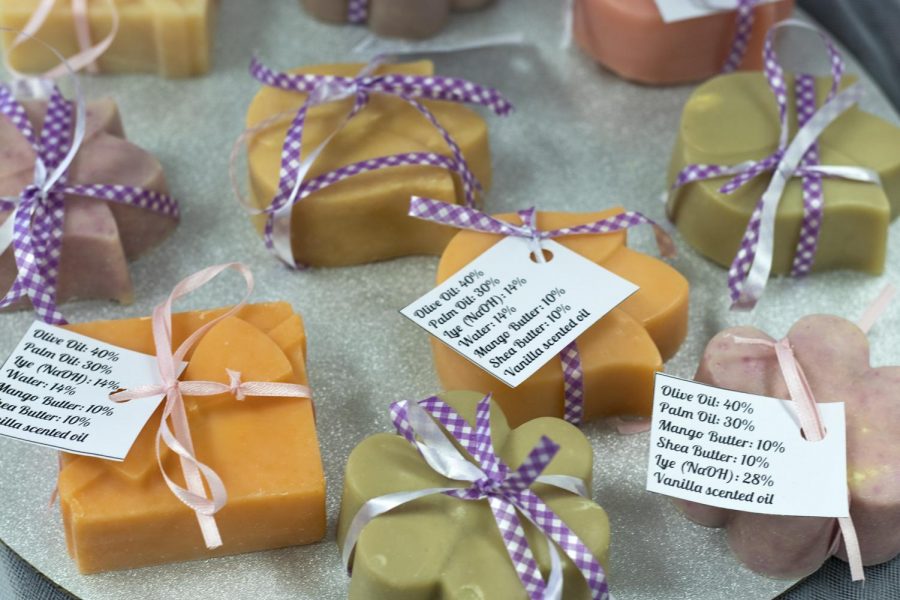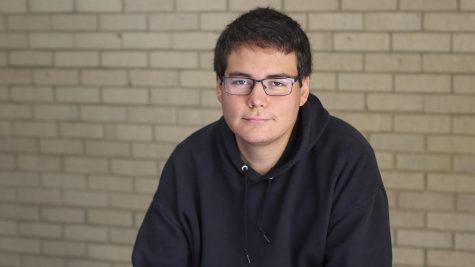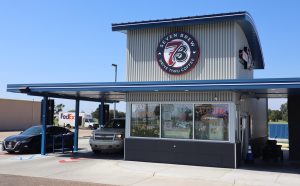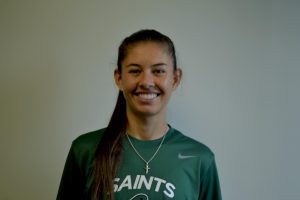Chemistry students sell soaps to faculty, community members
April 23, 2021
Students taking Chemistry II this semester finally put the soaps they’ve been making on the market on April 22 at Seward County Community College.
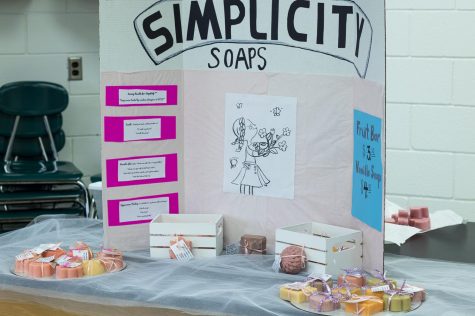
The soap project helps students develop research skills and also how to produce a product with a specific audience in mind.

“You’re looking at taking a product from inception, going through and designing it, then also research and development, testing different properties… and then getting to a point where you have something ready for the market,” chemistry instructor William Bryan said.

One thing that is different from other projects chemistry students may take on, is that the soap project requires them to take a targeted audience’s needs into consideration which adds more focus to the project.
The students made cold process soaps — made of various oils (like coconut, palm, or olive oil) all while using sodium hydroxide as the lye for the soap. The sodium hydroxide used does require minor calculations depending on the oils chosen.
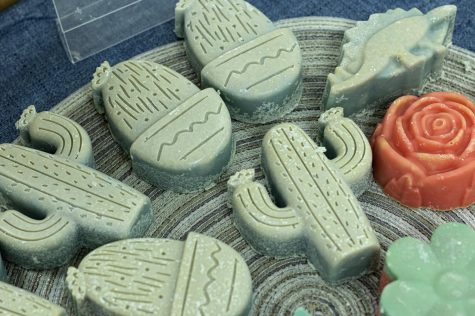
After the soap is made, it sits for quality purposes. Then, students set up the shop and anxiously await to see how much soap they sell. The customers are faculty and community members, which are given a set amount of credits to use for soaps.
“They’ve got some community members coming in so there’s quite a variety in the shoppers,” Bryan said. “They’re allowed ten dollars credit to shop with.”
The top-selling soap was from the team, Saints Soaps. They brought in $110 worth of credits from their soap product.
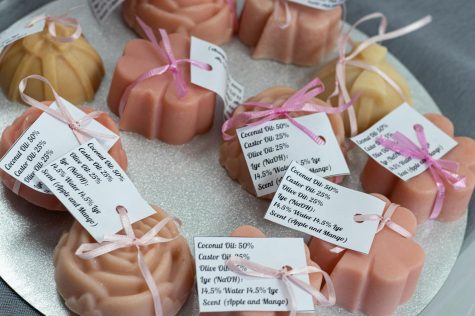
Before the soaps were made available to the potential customers, Bryan conducted his own tests on the soaps, throwing out any that didn’t stand up to his tests.
A major component of this project, in particular, is the experimental part where students have to test their soaps until they seem worthy of selling, one student explained an adjustment his group had to make during the project.
“It [the soap] was a little soft so we needed to change the oil composition to make it a little harder, so we did,” Iann Hayes, a sophomore majoring in computer science, said.
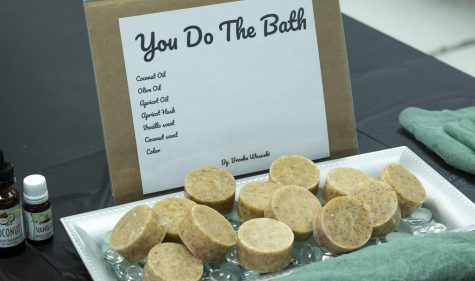
(Brooke Wasoski)
Another student explained how it taught his team how to work together.
“We definitely learned how to be a team and function together and I liked how we worked together on making the soaps and coming up with ideas to improve the soaps,” Melvin Le, a freshman majoring in biochemistry, said.
______________________________________________________________________________________________________________________________________
Each team determines what will make their soap most appealing to the public – scents, oils, and exfoliating.




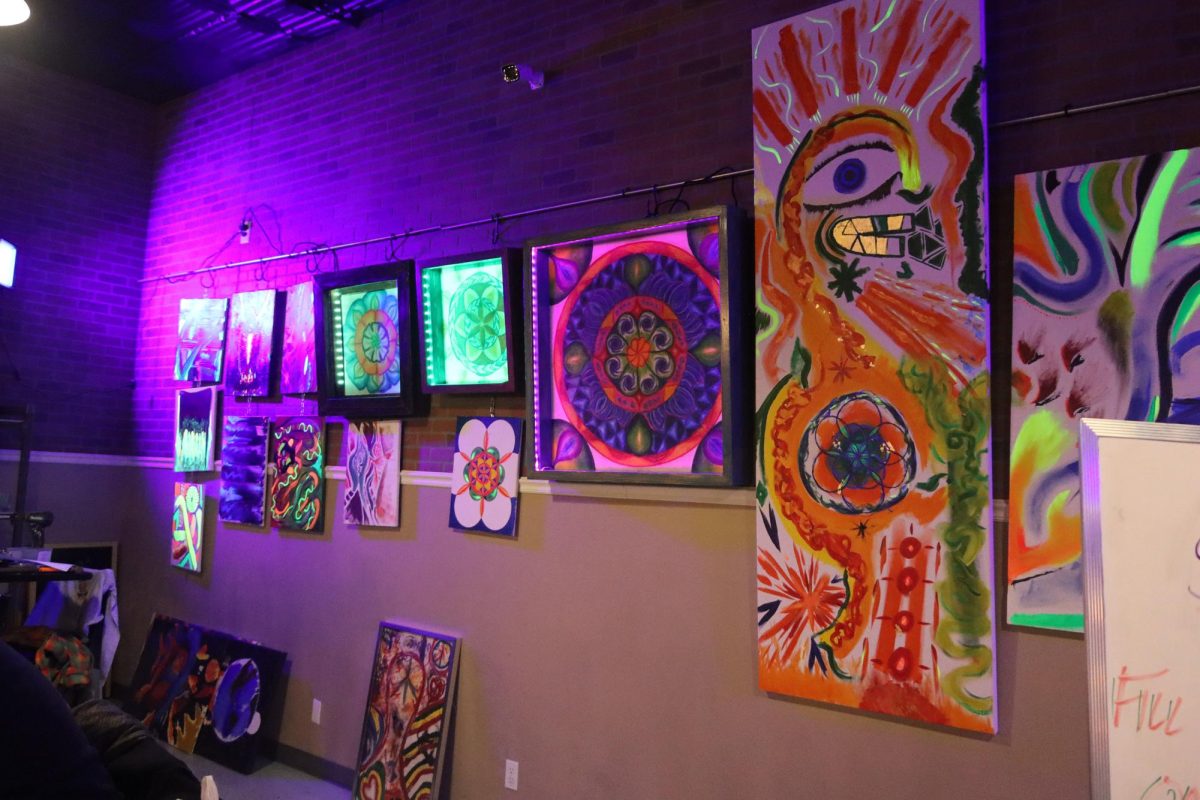
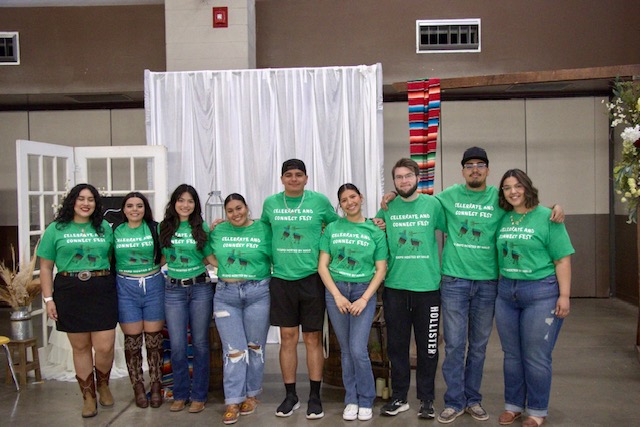
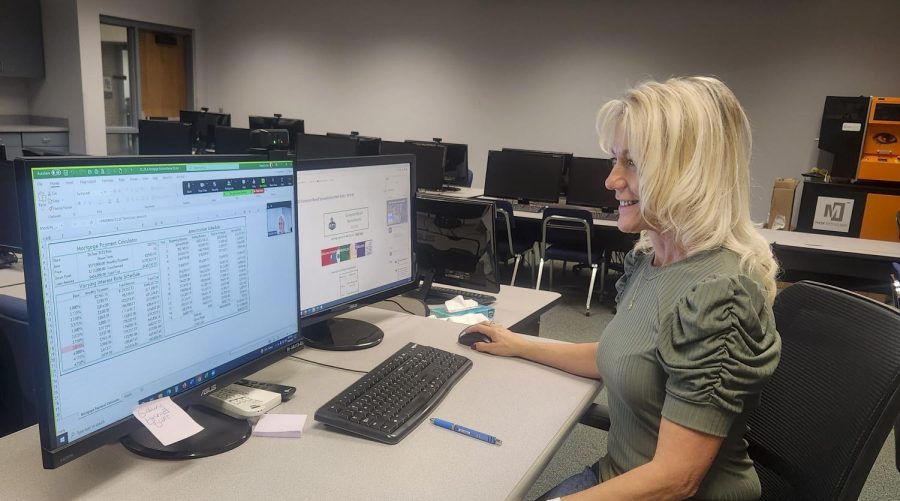


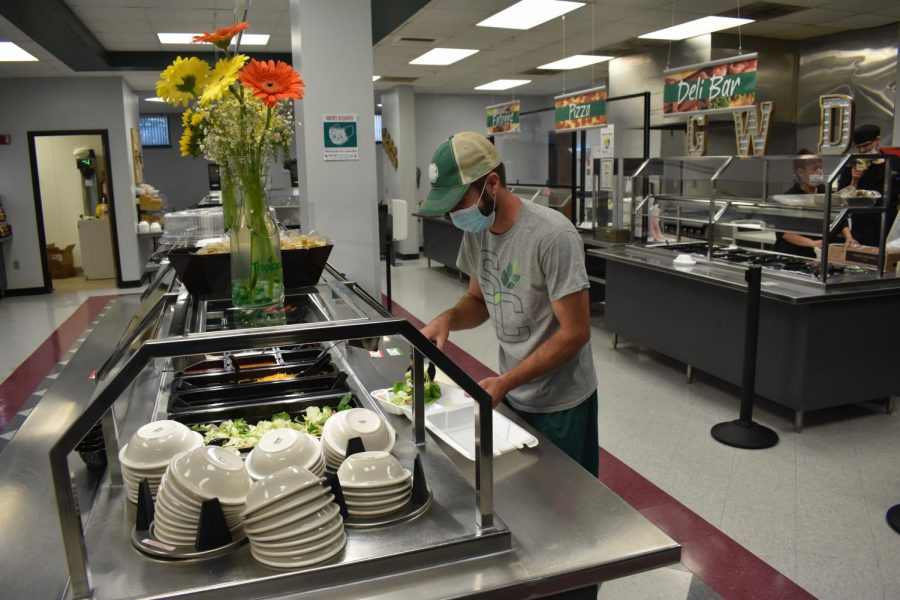

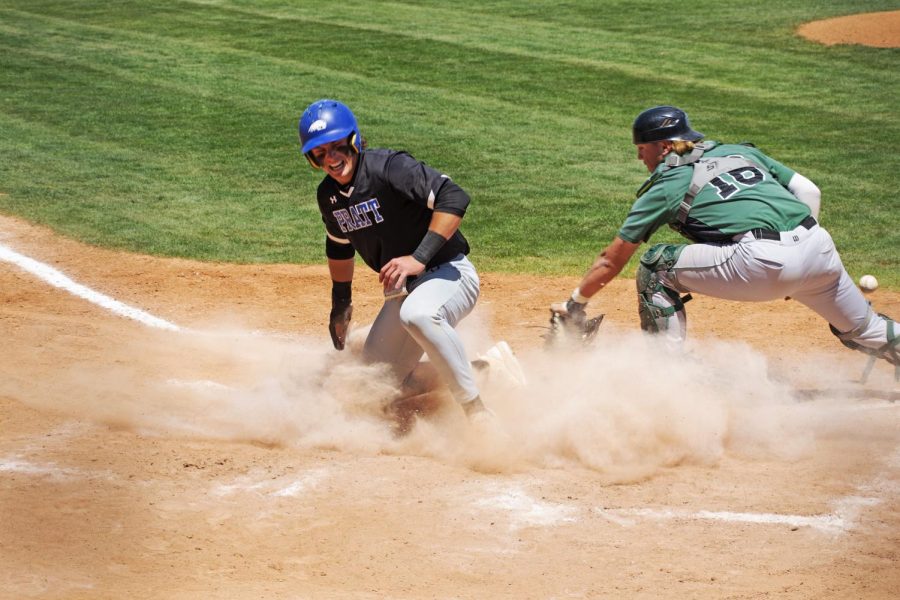
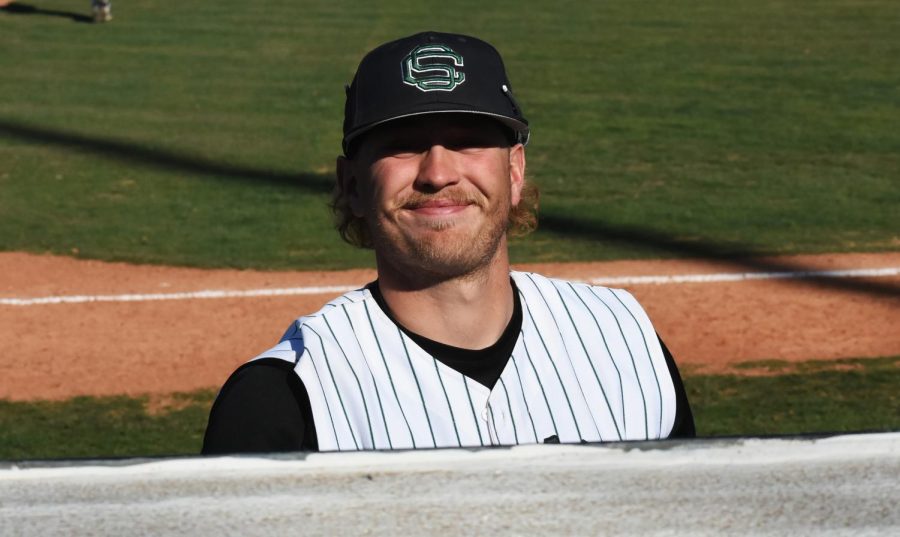
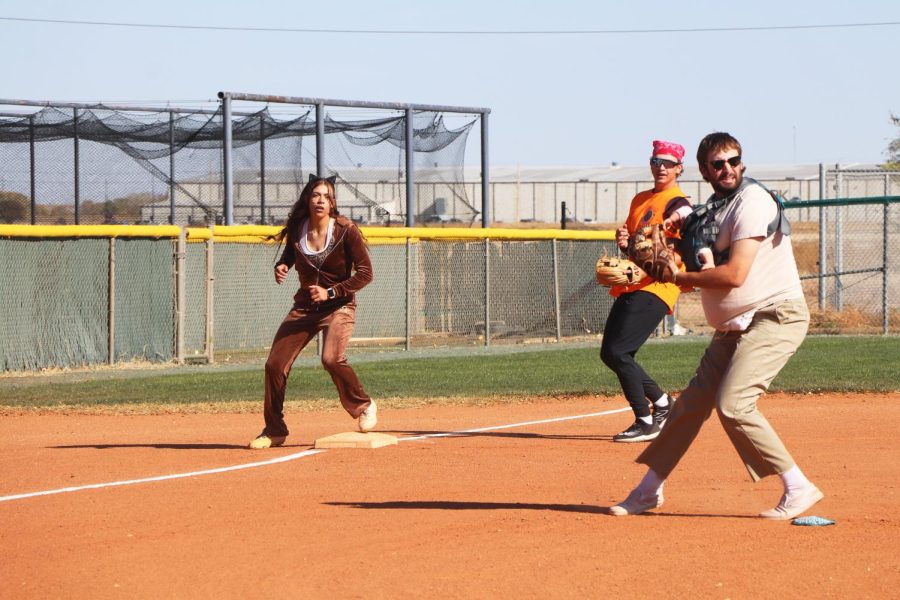
![The sophomores were recognized on the field instead of walking across the stage during their doubleheader. They received their diplomas and a picture of themselves playing during their career at Seward. [Pictured left to right are Dylan Day, Reed Thomas, Jase Schneider, Mason Martinez, Gannon Hardin, Brody Boisvert, and Zach Walker]](https://crusadernews.com/wp-content/uploads/2022/05/WEBDSC_0275-900x454.jpg)
